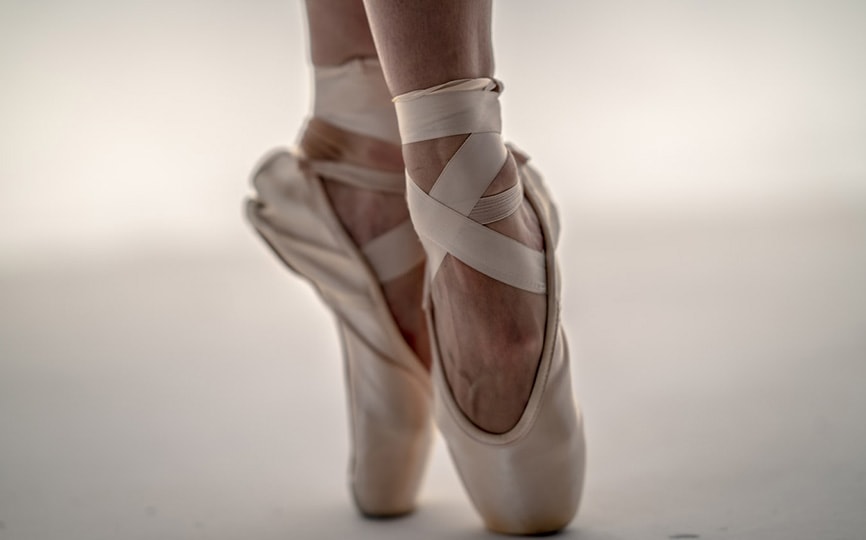We all know how important it is to have a strong sense of balance as a dancer to accurately, and safely, perform adage work, pirouettes and essentially every skill in class. You practice for many hours a week on the barre and in the centre to achieve a strong sense of balance, especially in releve on one foot and yet sometimes it feels like you are getting nowhere? In order to understand why this may be the case and learn some other training tips, you need to understand more about balance.
Balance is the body’s ability to sense where it is in space and maintain its centre of mass over its base of support. Your body’s ability to maintain balance is associated with three main systems: your vestibular system (inner ear), your joint proprioception (muscles and joints) and your visual system (eyes).
“To maintain balance, there must be an efficient and complex integration of the visual, vestibular, and somato- sensory organs.”(1)
Your eyes, joints and inner ear all send information to your brainstem and cerebellum about where your body is in space. This information is then integrated and contributes to our sense of balance. If one of these three systems is not functioning, the information that arrives at the brain is conflicting. This leads us to feel off balance and can also cause symptoms of dizziness or even nausea and vertigo.
So why does this matter to dancers? We often practice endlessly balancing in front of a mirror, on bosu balls or uneven surfaces to achieve a greater sense of balance. Our visual system is always highly functioning to remain balanced when on demi-pointe. But have we ever thought about training with our eyes closed? “Dancers appear to be more reliant on vision than proprioception for balance.”(2) When you switch off your visual system, your vestibular and proprioceptive systems need to work much harder to achieve a sense of balance. If you train up these other systems, perhaps your sense of balance will be greatly improved?
Early research suggests, “eye-closed training can improve the balance abilities of ballet dancers. These results imply that closing the eyes during dance training is an effective way to stimulate a shift from visual to proprioceptive dependency for balance control, thereby improving balance regardless of visual conditions in the surrounding environment.”(3)
So why don’t you give it a go? Practice your balance drills and retires with your eyes closed. It may just give you the extra edge you’re looking for.
References:
(1) Shumway-Cook A, Woolacott MH. Motor control: Theory and Practical Applications (2nd ed). Baltimore: Lippincott, Williams & Wilkins, 2001.
(2) Schanfein, Leigh H. “The use of self-motion feedback for balance control in younger and older dancers.” (2009).
(3) Hutt, Kimberley, and Emma Redding. “The effect of an eyes-closed dance-specific training program on dynamic balance in elite pre-professional ballet dancers: a randomized controlled pilot study.” Journal of Dance Medicine & Science 18, no. 1 (2014): 3-11.


Thank you so much for your nice post. It is very important for us. And Vertigo and dizziness is a common problem. I also face that and almost 75% people faced .And I hope your writing is very helpful for us because you explain very easily. So, thank you so much for your important and motivational description.